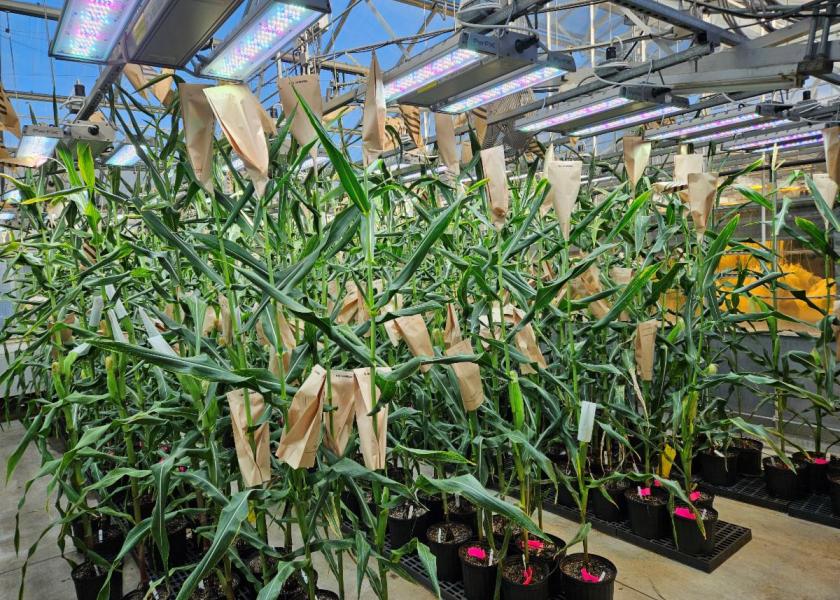New Technology To Increase Carbon And Sunlight Capture In Corn

ZeaKal has expanded their PhotoSeed technology into corn – aiming to increase the plants' oil production in a sustainable way.
"This trait technology allows us to elevate the overall value of U.S. corn and creates a differentiated, value-added product that addresses industry demand," says Han Chen, co-founder and CEO of ZeaKal. “U.S. farmers need innovation faster if we hope to compete in a challenging global commodity market. While we cannot change sunlight availability and geography for our growers, we can bring a latitude advantage to them through genetics.”
The company’s PhotoSeed technology was initially announced in 2021 for use in soybeans, with commercialization expected for the 2024 growing season.
PhotoSeed is a trait meant to help plants capture more carbon and sunlight by increasing the photosynthetic capacity. This then results in increased oil production and better yields without more inputs on the grower’s end.
Now being trialed in corn, it’s been found to increase corn oil composition by an average of 23%. PhotoSeed corn commercialization is expected in the 2027 growing season.
According to ZeaKal, the use of PhotoSeed technology also has the potential to lower a crop’s carbon intensity score.
“The future of agriculture must be grounded in innovation that democratizes value creation or else agriculture will not be responsive to demands for improved sustainability, nutrition, and energy,” Chen says. “Starting with the grower, our vision is to leverage trait technology and replicate our NewType model to ensure value creation and sharing across the entire supply chain.”







